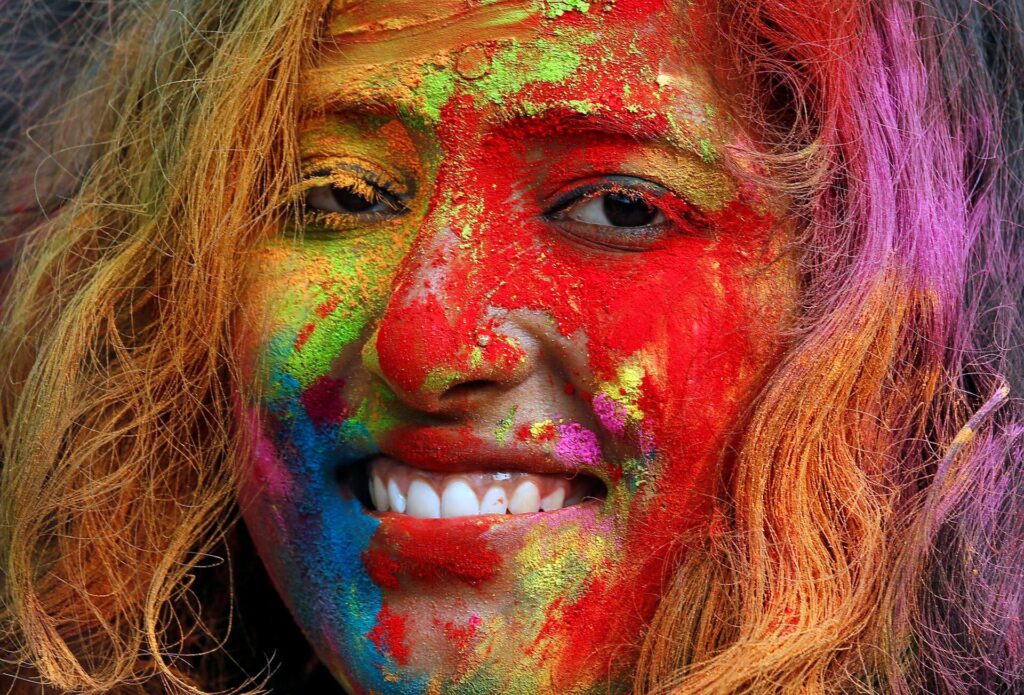 Reuters photo from archives.
Reuters photo from archives.Nature enthusiast and artist, Manya, a resident of Hyderabad is on a mission to transform Holi celebrations by advocating natural colors made from everyday ingredients. She shared her expertise in crafting eco-friendly hues, urging individuals to embrace the beauty of nature this festive season saying people should let this Holi spread happiness in the festival of colors using natural colors made from nature.
Speaking to ANI, Manya said “Today, I am going to share with you how you can make your own Holi colors with what’s available around you, either from your kitchen or your garden.”
Drawing from her journey with natural dyes, Manya highlighted the simplicity of the process. “I started dyeing my clothes, upcycling them with things like haldi, pomegranate peel, onion skins, and others,” she explained. “All these can also be used for Holi colors.”
She provided easy-to-follow recipes for creating vibrant hues,with ingredients like turmeric, beetroot, onion skins.
“The first and simplest one is where we can mix Haldi with water and get a yellow colour. This is if you want to play with water-based colors. Another one is beetroot water where we can just peel a beetroot and boil it to get a red colored water. If you mix the yellow color with the red color, you will get orange-colored water. So already you have three colors. Similarly, we can make a juice of spinach, coriander or any green leafy vegetables or its waste to get green color,” Manya said.
“If you prefer powder-based colors, you can use haldi directly which is very good for the skin or even add cornflour to give a smooth texture. Adding cornflour makes it smooth and makes it a color that stays long. You have to make a paste of haldi and water and then add cornflour to get more color and texture. Similarly, we can also make other colors with flowers and others.”
The ‘palash’ or the ‘flame of the forest’ flower was originally used to play Holi, she noted. Marigold flowers, Indigo or neem leaves were also used to play Holi in earlier days.
“All these naturally made colors are skin-friendly and skin-safe. Natural dyes can be added to your life not just during Holi, but also during regular days. There is a source of every color in nature,” she contended. “I have printed clothes and bags using these natural colors. The possibilities are limitless. I have made hundreds of colors from nature,” Manya said.
“Natural colors are safe for your skin, safe for your family and safe for the planet,” she emphasized. “The synthetic gulal is not at all good for our skin. People often ask what difference it will make as it is only a single day but if it is toxic, why would you want to consume poison even for a single day? Making these natural colors together as a family is also a fun experience for Holi,” Manya concluded.
This year, Holi will be celebrated on March 25. The festival also involves lighting bonfires, signifying the burning of the demon Holika. Amidst the revelry, traditional sweets are made and shared, fostering a sense of community. Source: https://www.newsindiatimes.com/celebrate-this-holi-with-nature-by-making-your-own-colors-says-hyderabad-based-artist/#
